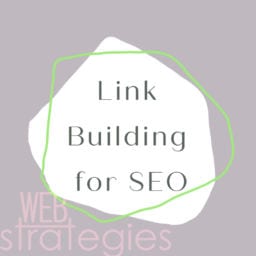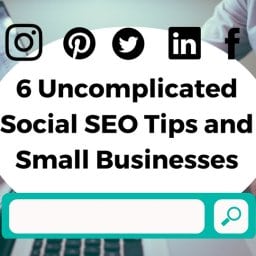It’s true that you need to continually produce quality content to stand out in the search engines. Content is king and it is the way to Google’s heart. BUT, can too much content hurt your efforts? Yes. Creating too much content is bad for your SEO as it will compete with itself.
“If you are writing about a similar topic a lot, you’ll have a bigger chance to suffer from keyword cannibalization. If you focus your articles on the same topics and the same keywords, you’ll actually be competing with your own content. Google will show one or two results from the same domain in the search results. If you are a high authority domain, you might get away with three results.”

What can you do?
Choose your topics wisely. You can continue to write about the topics that are relevant to you but change up the keyword/phrase of focus. Don’t keep repeating the same focus. Pick your topic of interests and focus on a phrase that is specific and optimized for the searches. We understand the importance of sharing your knowledge on the subjects that matter however if you don’t switch up your focuses, your content will eventually get lost in itself.
Combine blogs
Just because you are repeating yourself too much doesn’t mean you have to get rid of the quality content you’ve published. You simply have to get creative with how you can reuse the content in a new manner that is still search engine optimized.
Step 1: Which URL?
The first step in combining two (or more) articles is deciding upon the URL you want to keep. Which of the articles attracted the most traffic? I’d recommend keeping the URL of the article that was most successful in the search engines.
Step 2: Decide upon a new message
If you want to combine articles, you’ll probably have two (or maybe even more) stories. Two articles that have a slightly different purpose and a different message. What is going to be the message of the new post?
In order to come up with your message, you could try to phrase a question which your new text should resolve. We refer to such a question as the central question of a text. The new blog post will be the answer to your central question. It could be that your new article will have the same message as one of the articles you’re planning to combine. It could also be a new (broader) message. Make sure to take some time to think about it.
Step 3: Decide upon the structure of your text
Create a new structure. Which information should come in what order? You already have some nice paragraphs in your ‘old’ articles. In this step, just think about the order of the information you want to present.
Step 4: Write some new paragraphs
You’ll probably need to write some new paragraphs. Your introduction and your conclusion will probably need some altering. Perhaps you need to write an extra paragraph to make sure that the new article has a logical structure
Step 5: Rewrite your old paragraphs
In this step, I paste all of the content in the right order in your backend. You’ve thought about the order in which you want to present the information in step 3. In step 4 you’ve written some new information. Now, you’ll have all of the content and you just need to do some rewriting. The paragraphs from the old articles probably need some alterations. They need to fit in the new format. Make sure that they are rewritten in such a way that they fit the new post.
Step 6: Delete and redirect
You can now delete all of the old posts (except for the new and combined article). Of course, redirect those posts to the awesome new one you just created.
Step 7: Republish that awesome content!
You have now created a new article. I would treat it as such and republish it on your website. The combined insights of those old articles are valuable for your readers.
















